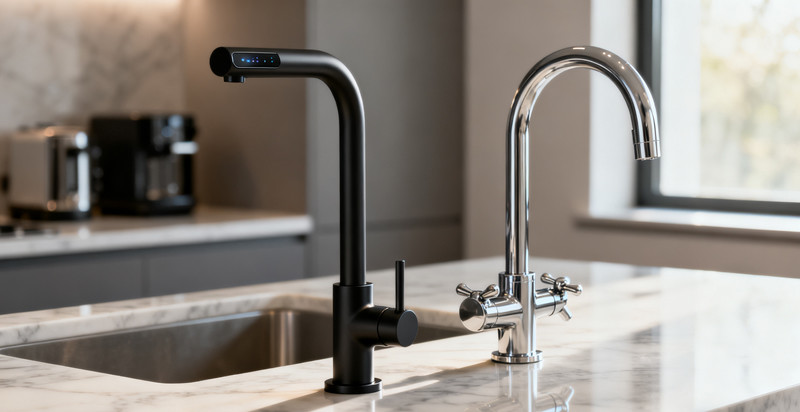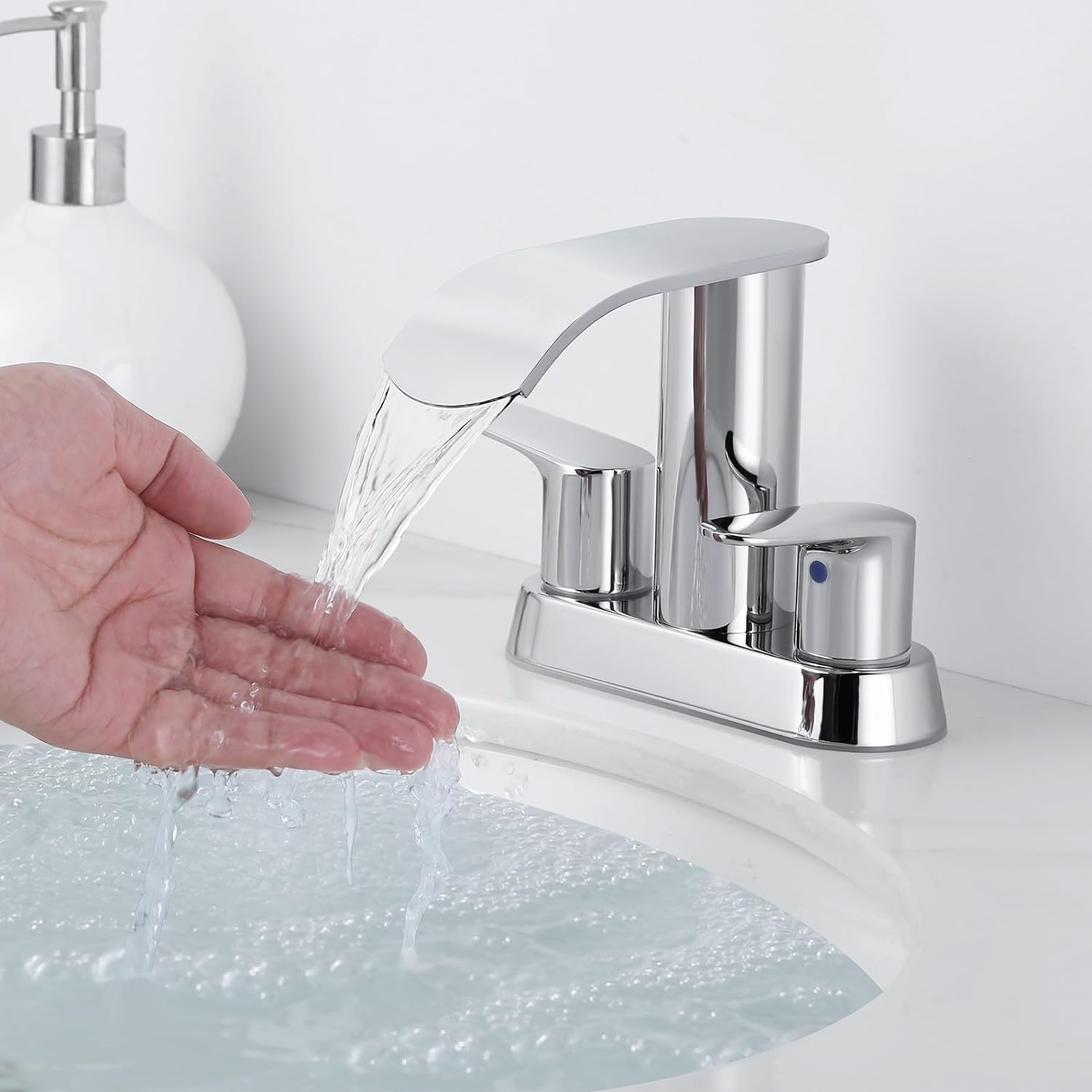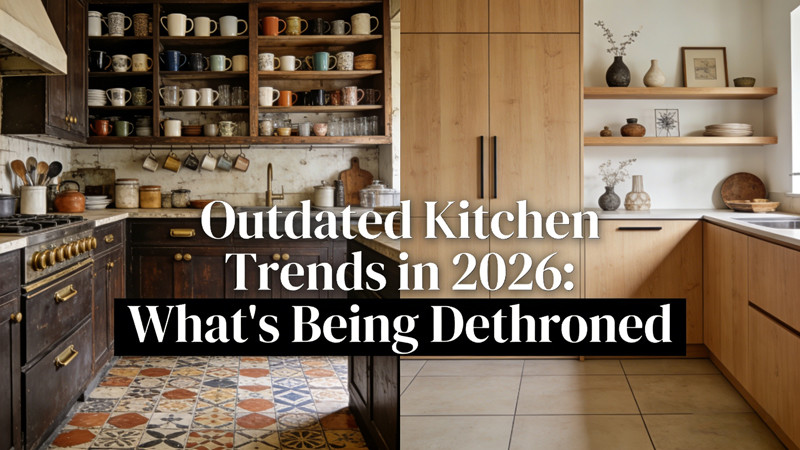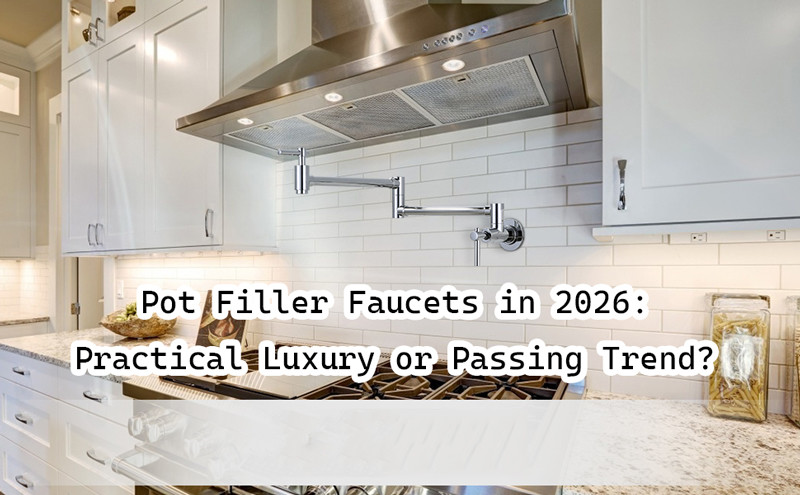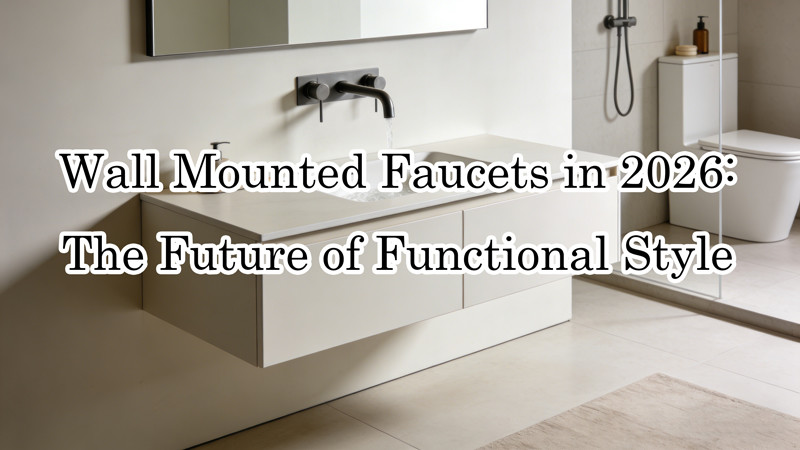When it comes to upgrading a kitchen or bathroom, the faucet may not be the first thing people think of. Countertops, tiles, or lighting often steal the spotlight, but the faucet is one of the most used fixtures in any home. Choosing between a designer faucet and a standard faucet can make a surprising difference—not only in aesthetics, but also in function, durability, and overall value.
So, what really sets designer faucets apart from their standard counterparts? Let’s break down the differences in detail.
1. Aesthetics and Design Appeal
The most obvious distinction lies in the way the two categories look.
- Designer Faucets are built with style as a priority. They often serve as the focal point in a room, acting like jewelry for the sink. Homeowners can choose from an array of finishes such as matte black, brushed gold, bronze, or even combinations of textures. The shapes can be bold and contemporary, with sleek lines or artistic curves. Many designer models are influenced by architectural trends, making them ideal for those who want to create a luxurious or modern impression.
- Standard Faucets, on the other hand, focus primarily on practicality. They are usually available in basic finishes such as chrome, stainless steel, or brushed nickel. Their shapes tend to be traditional and functional, with few decorative details. While some standard models can still look nice, they are designed to blend in rather than stand out.
In short, if you want your faucet to elevate the room’s overall look, a designer faucet offers far more variety and visual impact.
2. Material Quality and Durability
What a faucet is made of directly affects its lifespan.
- Designer Faucets are often crafted from premium materials such as solid brass, high-grade stainless steel, or ceramic cartridges. These materials are known for their strength, corrosion resistance, and ability to withstand daily wear. Because designer faucets are marketed as long-term investments, the manufacturing process often includes higher quality control standards. The finishes also tend to last longer without peeling or tarnishing.
- Standard Faucets may combine some metal with lower-cost components like zinc alloys or plastic. While these faucets still work perfectly fine for everyday use, their durability may be limited. Over time, finishes can fade, scratches may appear, and internal parts may wear out faster, leading to leaks or drips.
This doesn’t mean all standard faucets are unreliable—many provide years of service—but the overall longevity is generally lower compared to designer models.
3. Functionality and Features
Another area where the differences show is in the range of available features.
- Designer Faucets often incorporate advanced technology and ergonomic designs. Examples include touchless activation, pull-down spray heads with multiple settings, water-saving aerators, or even LED indicators that change color based on water temperature. These features not only improve convenience but also add a touch of sophistication to everyday tasks like washing dishes or brushing teeth.
- Standard Faucets typically keep things simple. Most have a basic single handle or two-handle operation, and some may include a pull-out sprayer. While functional, they usually don’t include cutting-edge technology or luxury add-ons.
If you value innovation and modern convenience, designer faucets clearly lead the way. But if simplicity is your priority, a standard faucet can meet your needs without unnecessary extras.
4. Price and Value
Perhaps the most influential factor in the decision is cost.
- Designer Faucets generally come with a higher price tag. The cost reflects not just the premium materials and design, but also the brand reputation and innovation built into the product. For homeowners who see their faucet as part of the home’s personality, this extra investment is worthwhile. Designer faucets can also enhance resale value since buyers often notice high-end finishes during walkthroughs.
- Standard Faucets are much more budget-friendly. They are widely available in hardware stores and online, making them an accessible choice for rental properties, guest bathrooms, or anyone looking for a practical fixture at a low cost. While they may not impress with style or features, they deliver reliable performance for everyday tasks.
Ultimately, it comes down to whether you view a faucet as a functional necessity or as an element of design worth investing in.
5. Installation and Maintenance
Ease of installation and maintenance can also differ.
- Designer Faucets may require professional installation, especially if they come with special features or complex designs. Replacement parts can also be more expensive or brand-specific, meaning repairs might involve higher costs. However, because of their superior build quality, maintenance is often less frequent.
- Standard Faucets are usually straightforward to install and maintain. Many homeowners can replace them without professional help, and parts are easy to find and inexpensive. For people who want a no-fuss option, a standard faucet is practical.
So while designer faucets bring sophistication, standard ones offer simplicity when it comes to upkeep.
6. Personalization and Brand Influence
Brand identity plays a role in this comparison as well.
- Designer Faucets are often associated with well-known luxury brands that emphasize exclusivity and innovation. Some even allow customization of finishes, handles, or spout styles, so homeowners can match the faucet precisely to their interior theme.
- Standard Faucets are usually produced by mass-market brands focusing on affordability and widespread availability. Personalization options are limited, but this makes them easier to replace when needed.
Which One Should You Choose?
The decision between a designer faucet and a standard faucet depends on your priorities:
- Choose a designer faucet if you want a statement piece that enhances your kitchen or bathroom décor, if you value advanced features, and if you’re willing to invest more for durability and style.
- Choose a standard faucet if you’re on a budget, need something functional for a secondary space, or prefer straightforward installation and maintenance.
Final Thoughts: Designer Faucets vs. Standard Faucets
Faucets may seem like small details, but they have a big impact on both the look and functionality of your home. Designer faucets stand out with their premium materials, stylish finishes, and innovative features, while standard faucets deliver dependable performance at an affordable price.
Understanding the key differences allows you to make a choice that fits your lifestyle, budget, and design vision. Whether you opt for a sleek, eye-catching designer piece or a simple, reliable standard model, the right faucet will serve as both a tool and a touch of personality in your home.
 WOWOW Faucets
WOWOW Faucets